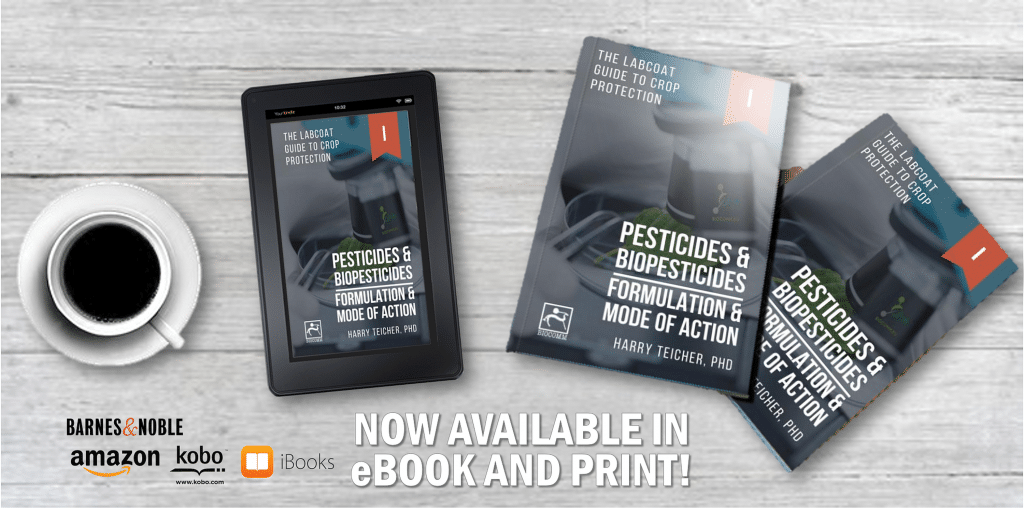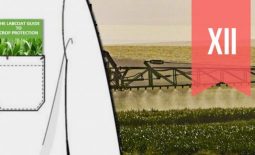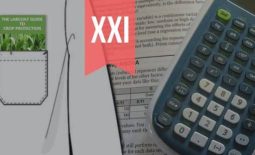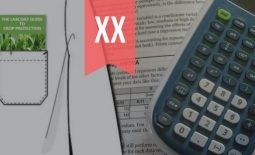BIOPESTICIDES IN INTEGRATED CROP & PEST MANAGEMENT (ICM / IPM)
In this ninth article of a series on BioPesticides, I write on the role of Biopesticides in Integrated Crop & Pest Management. If this article provides value, please consider liking and sharing. Your feedback is invaluable, and helps new readers discover my work!
Integrated crop management (ICM) is a holistic approach to crop management, integrating agricultural and environmental management practices such as optimal site selection, crop rotation and optimization of crop nutrition, soil and water management as well as environment, energy and waste management and integrated crop protection strategies, in accordance with local conditions, climate and requirements.
Driven by legislation as well as consumer and industry demands, ICM strategies integrate local knowledge and experience with research and technological innovations to ensure sustainable agricultural production.
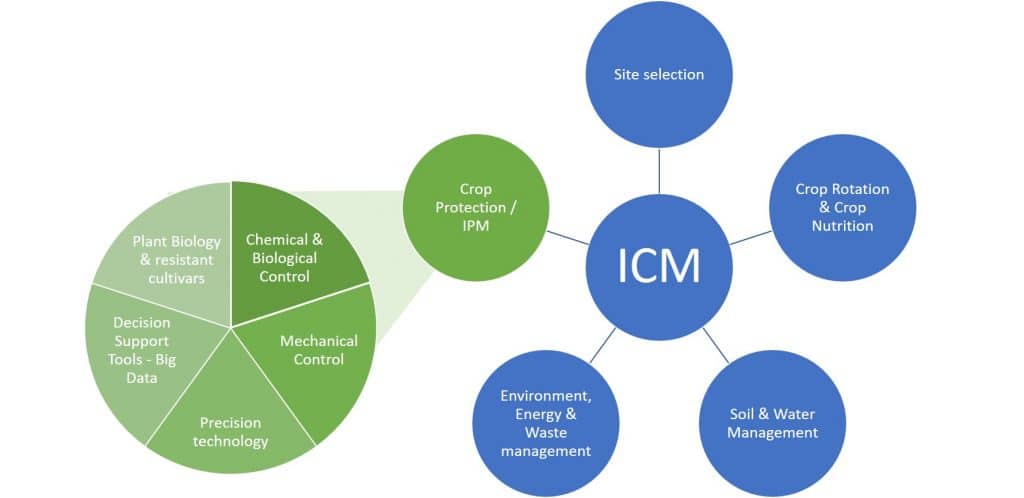
Figure 1: Integrated Pest Management (IPM) in Integrated crop management (ICM).
Integrated Pest Management (IPM) is a part of Integrated Crop Management (ICM) and the concept was introduced more than fifty years ago as a response to the preponderance of broad-spectrum, mainly neurotoxic conventional insecticides available to the market.
Currently, the definition of “Pest” in IPM includes vertebrate and invertebrate pests (e.g. birds, insects, mites and nematodes), plant pathogens (e.g. fungi, bacteria and vira) as well as weeds.
The objective of IPM is to maintain pest populations below levels that would cause economic loss while minimally impacting the environment, and integrates several strategies including chemical, biological & mechanical control, precision technology and decision support tools (big data, including crowd-scouting and degree-day models for pest prediction) and the activation of natural plant defence responses as well as the use of resistant cultivars. The aim is to reduce the use of chemical pesticides and manage the development of resistance in target pests to both chemical pesticides and biopesticide toxins.
By introducing unique modes of action, biopesticides are used in integrated strategies with traditional pesticides to increase crop yields by working synergistically with chemical pesticides, to extend application timings and allow timely reuptake intervals as well as to provide resistance strategies.
While the adoption of more ‘biologically-based’ IPM strategies in the field is still low, in part due to a perception of lower and variable efficacy shorter persistence and greater dependence on environmental conditions on the part of end users, biological control plays an important role in the production of greenhouse crops, primarily due to their effectiveness under controlled environmental conditions, short persistence and low operator risk.
With advances in the development of biopesticides and technological developments in the use and application of conventional and biological pesticides, we now have a real opportunity to harmonize biological and chemical crop protection and realize the concept of IPM as a truly sustainable and holistic solution to current crop protection challenges.
***
Thanks for reading – please feel free to read and share my other articles in this series!
PESTICIDES & BIOPESTICIDES: FORMULATION & MODE OF ACTION – the first book in the LABCOAT GUIDE TO CROP PROTECTION series is now published and available in eBook and Print formats!
Aimed at students, professionals, and others wishing to understand basic biological aspects of Crop Protection, this book is an easily accessible introduction to essential principles of Pesticide and Biopesticide Mode Of Action and Formulation.

